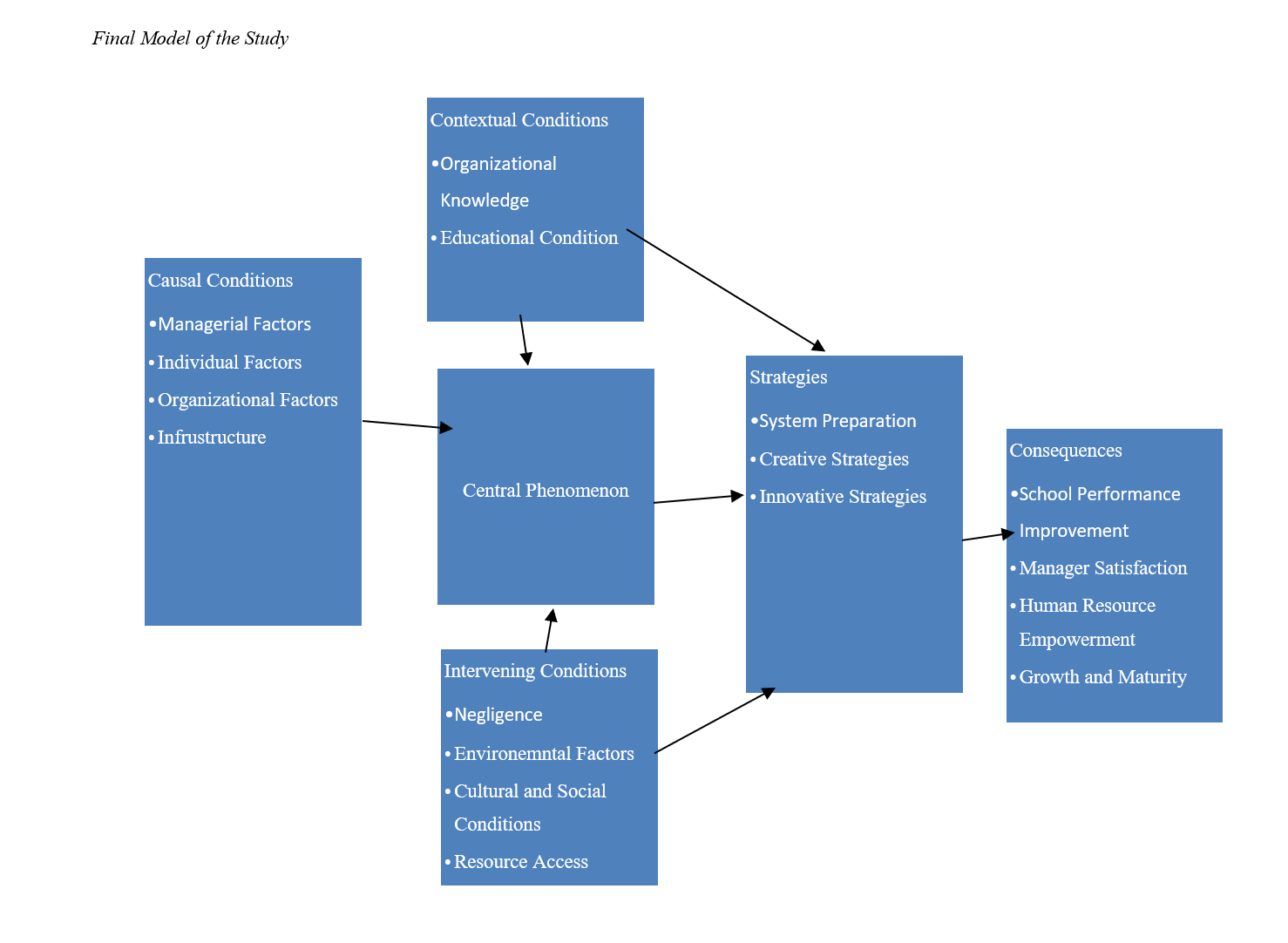Providing an Educational Justice Model Based on Information and Communication Technology with a Blended Learning Approach
Keywords:
Educational Justice, Information and Communication Technology, Blended LearningAbstract
Objective: Many teachers believe that numerous topics cannot be effectively conveyed to students through traditional methods of teaching and learning. Therefore, utilizing a blended learning approach in education is essential. This research aims to provide an educational justice model based on information and communication technology (ICT) with a blended learning approach.
Methodology: The research methodology employed in this study is grounded theory. The sampling method was purposive or snowball sampling. Data collection tools included interviews based on the perspectives of university professors, principals, education managers and deputies, and experts in the field of educational justice. The collected interviews were analyzed using ATLAS.ti and MAXQDA software.
Findings: Based on the obtained results, a total of 153 concepts and 21 categories or open codes were identified and extracted. The 21 identified categories were placed into 6 main grounded data categories, and based on these, the model was presented.
Conclusion: The results indicated that the educational justice model based on ICT with a blended learning approach can combine equal access to technology and educational resources with flexibility and diversity in learning. This model allows students to learn in a highly individualized manner according to their needs and abilities, thereby advancing their personal growth and development.
Downloads

Downloads
Additional Files
Published
Issue
Section
License
Copyright (c) 2024 Fariborz Kalantari (Author); Maryam Eslampanah (Corresponding Author); Susan Laei, Sahar Mohammadi (Author)

This work is licensed under a Creative Commons Attribution-NonCommercial 4.0 International License.

























